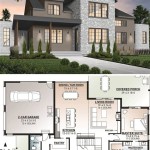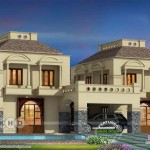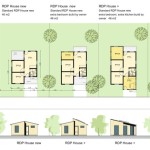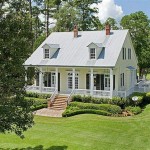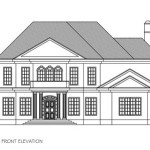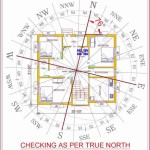Energy-Efficient House Plans: Designing a Sustainable Home
Building a new home is an exciting endeavor, but it also comes with significant decisions that can impact your family's comfort and budget for years to come. One crucial aspect of home design is energy efficiency. Embracing energy-efficient house plans offers a multitude of benefits, including cost savings, reduced environmental impact, and enhanced comfort. ### Advantages of Energy-Efficient House Plans:1. Energy Cost Savings:
Adopting energy-efficient features can significantly slash your energy bills. By incorporating energy-efficient appliances, insulation, and windows, you minimize energy consumption and reduce reliance on costly heating and cooling systems.2. Environmental Sustainability:
Constructing an energy-efficient home reduces your carbon footprint and helps combat climate change. By consuming less energy, you contribute to a cleaner environment and lessen the strain on natural resources.3. Enhanced Comfort:
Energy-efficient homes maintain a more consistent indoor temperature, eliminating cold drafts and hot spots. This results in a more comfortable living environment for you and your family. ### Key Principles of Energy-Efficient House Design:1. Orientation and Site Design:
Consider the orientation of your home to maximize natural light and minimize heat gain or loss. Design your landscaping to provide shade in the summer and minimize wind exposure in the winter.2. Insulation and Air Sealing:
Install high-quality insulation in walls, ceilings, and floors to prevent heat loss and gain. Thoroughly seal cracks and gaps around windows, doors, and other openings to prevent air leakage.3. Energy-Efficient Windows and Doors:
Select energy-efficient windows and doors with low-emissivity (Low-E) coatings and tight seals. These features reduce heat transfer and improve insulation, leading to lower energy consumption.4. Energy-Efficient Appliances:
Invest in energy-efficient appliances like refrigerators, dishwashers, washing machines, and dryers. Look for Energy Star-rated appliances that meet stringent energy efficiency standards.5. Efficient Lighting:
Use energy-efficient lighting fixtures and LED bulbs throughout your home. LED bulbs consume less energy and last significantly longer than traditional incandescent bulbs.6. Renewable Energy Systems:
Incorporate renewable energy sources such as solar panels or geothermal heat pumps into your home's design. These systems can generate electricity or heat from renewable sources, reducing your reliance on traditional energy sources.7. Smart Home Technology:
Install smart home devices like programmable thermostats, smart lighting systems, and smart appliances. These devices allow you to control and monitor your home's energy consumption remotely, enabling you to make informed decisions and optimize energy usage. ### Conclusion: Building an energy-efficient home is a wise investment that offers long-term benefits. By adopting energy-saving features and incorporating sustainable design principles, you can create a comfortable, cost-effective, and environmentally friendly living space for you and your family. Consult with architects and builders who specialize in energy-efficient home design to ensure the best outcomes. Together, you can create a home that not only meets your needs but also contributes positively to the planet.
Cool Energy Efficient Concrete House Plans Houseplans Blog Com

Energy Efficient Home Things To Consider Perry Homes

Energy Efficient Home Design Plans Cad Pro
Seven Efficient And Flexible Floor Plans Builder

Floor Plan Friday An Energy Efficient Home House Plans L Shaped

How To Build An Energy Efficient Home

Cool Energy Efficient Concrete House Plans Houseplans Blog Com

Sustainable Building In 2024 Energy Efficient Kit Homes

Dpe House Design Studio Energy Efficient S

Energy Efficient Home


